| Home > China Feature |
Top 10 landmark attractions in China in 2014 (1)
Great Wall at Mutianyu topped the list due to its well-preserved construction and splendid view. The ranking includes well-known attractions on the Chinese mainland, Hong Kong and Taiwan.
The ranking made by China.org.cn is based on TripAdvisor 2014 Travelers' Choice Awards released recently. This is the second year that the website, the largest travel site in the world, released the rankings.
It based the rankings on customers' comments on hotels, restaurants and attractions in the past 12 months.
The top 10 landmark attractions are:
NO.10 Yungang Grottoes, Shanxi
The Yungang Grottoes are ancient Chinese Buddhist temple grottoes, located 16 kilometers west of Datong in Shanxi province. They were built on the north cliff of Wuzhou Mountain and extend about 1 km (0.62 miles) from east to west.The historical records reveal that the grottoes were built during the Northern Wei Dynasty (386-557) by an abbot, and are 1,500 years old. Forty-five major caves and 209 other caves cover a total area of 18,000 square meters. The caves feature 51,000 stone carvings, the highest one measuring 17 meters and the smallest one only 2 cm. In 2001, the Yungang Grottoes were made a UNESCO World Heritage Site.
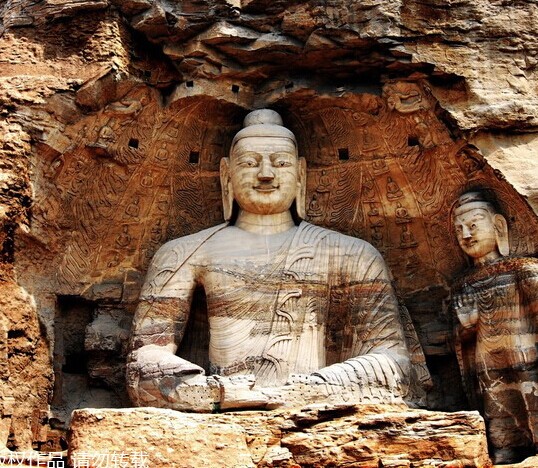
NO.9 Taipei 101, Taiwan
Taipei 101, also known as the Taipei Financial Center, is a 509-meter, 101-story landmark skyscraper located in Xinyi district of Taipei. Upon completion in 2004, the mega building had been the tallest building in the world until Dubai's 828-meter-tall BurjKhalifa overtook it in January 2010. There are two high-speed elevators located in the tower that move at a top speed of 16.83m/s (55.22 ft/s), shooting visitors up from the fifth floor to the 89th floor observation deck in only 37 seconds. After a busy day in Taipei, flying high into the sky and having a bird's eye view of the entire city of neon lights will certainly make for the perfect ending to your trip.
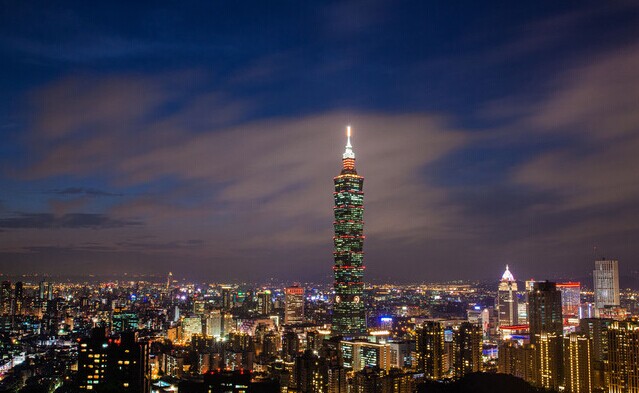
NO.8 Longji Terrace, Guangxi
Located on Longji Mountain of Ping'an Village, Longji Terrace, also known as Longsheng Terrace Field, is a fascinating scenic spot. First constructed in the Yuan Dynasty and completed in the Qing Dynasty, it has over 650 years of history. It gets its name for resembling a dragon with the mountain top as its backbone. Covering an area of 66 square kilometers, it climbs in altitude from 300 to 1,100 meters. June is considered the best time to visit.
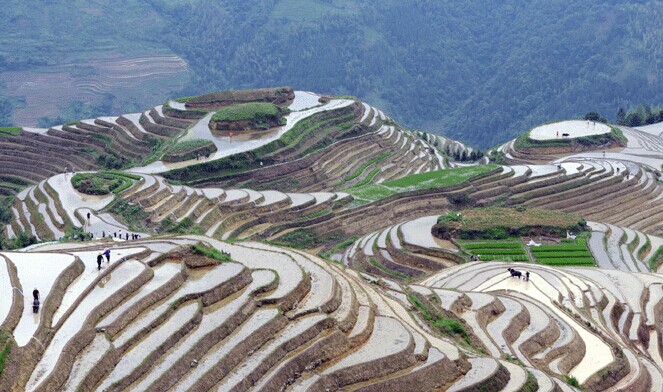
NO.7 Chi Lin Nunnery, Hong Kong
Located in Diamond Hill, it is a large Buddhist temple complex covering an area of more than 30,000 square meters. It focuses on education, social welfare and religious culture. It opened a free school in 1948 to provide free education for poor children. In 1957, a free orphanage and home for the elderly were established. It was renovated in 1989 and a hall, outdoor theater, park and a special technical school were established. The architecture follows the traditional Chinese architecture of the Tang Dynasty, featuring a solemn beauty and calm.
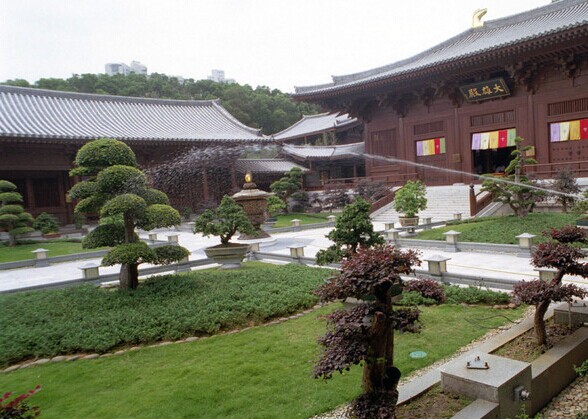
NO.6 The Palace Museum, Beijing
It is more commonly known as the Forbidden City or the Imperial Palace and was the place where the emperors of the Ming and Qing dynasties lived and carried out their administration. Now it is open to the public as a palace museum where people can see the great traditional palace architecture, enjoy the treasures kept in the palace and learn the legends and anecdotes of the imperial family and court. It has 720,000 square meters (72 hectares) of courtyards, pavilions, great halls, flourishing gardens and nearly 10,000 rooms. It is the largest and best-preserved group of palaces in China. It became a UNESCO World Heritage Site in 1987.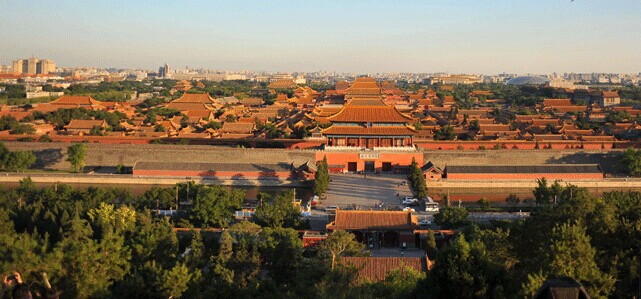
If you want to study in China, please contact me at 086-571-88165697 or send e-mial to me at cueccfs@126.com
Art
 more
moreChina Beijing International Diet ...
Recently, The hit CCTV documentary, A Bite of China, shown at 10:40 ...

Exhibition of Ancient Chinese Jad...
At least 8,000 years ago, Chinese ancestors discovered a beautiful...

Longmen Grottoes
The Longmen Grottoes, located near Luoyang, Henan Province, are a tr...

Custom
 more
moreWeb Dictionary
Martial Arts
Tai Chi Master Class Held in Moscow
MOSCOW, June 15, 2016 (Xinhua) -- Students learn from Shaolin ...
Celebriting 70 years' efforts in restoring Mogao...
Work is being carried out at the restoration site of cave No 98 a...
Hong Kong Children's Symphony performs in Seattle
Under the theme of Tribute to the Golden Age, a concert featuring a ...





 print
print  email
email  Favorite
Favorite  Transtlate
Transtlate 








